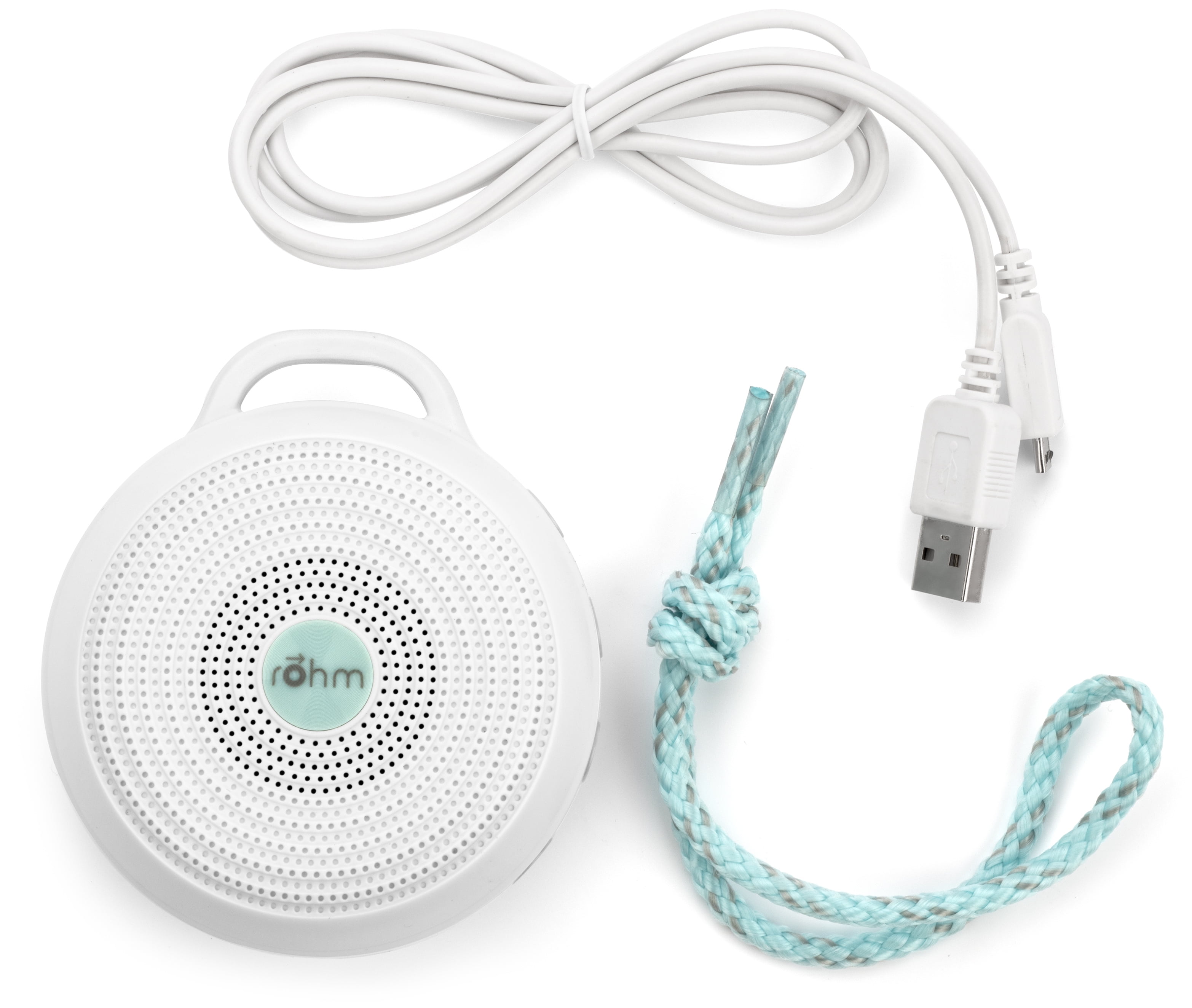
And it’s intended to serve a well-defined purpose: to effectively mask out unwanted sounds that hamper both employee productivity and sonic privacy in typical office settings, loud conversations and mundane distractions in particular, without becoming a source of discomfort in itself. It’d also be incorrect to assume that sound masking is some sort of specially engineered mixture of white and pink noise.īut sound masking is a specially engineered noise indeed. Similarly, it’d be incorrect to say that sound masking derivates from white noise.

For one thing, oranges don’t descend from grapefruit, nor are they a white-pink grapefruit hybrid. And what about oranges? You mean, what about sound masking, right?Įven though oranges and grapefruit are somewhat related, they are different in many ways.

Meanwhile, pink noise, which is essentially a filtered byproduct of white noise, is also generally considered “sweeter”, less harsh sounding, less “in your face” than its immediate ancestor, white noise – the true original. For instance, pink colored grapefruit is noticeably sweeter (and possibly easier to enjoy?) than its ancestor, white grapefruit.
#OUTDOOR WHITE NOISE MACHINE FULL#
Just like broadband noises, citrus fruits come in an array of colors and a full range of flavors, from intense and tart to mild and sweet. Do you enjoy them all equally? Probably not. All these fruits can help you live a better life. They’re all fruits and they’re all citrus fruits at that, white and pink grapefruit being closely related varieties of the same citrus fruit. Think of white grapefruit, pink grapefruit, and oranges. Indeed, white noise, pink noise, and sound masking are all fundamentally broadband noises, but that’s pretty much all they really have in common. White Noise, Pink Noise, and Sound Masking Are Different Kinds of Broadband Noises
#OUTDOOR WHITE NOISE MACHINE TV#
That’s right, to most people, white noise sounds just like a broken TV set. Meanwhile, the best approximation to white noise remains the static sound you hear between radio stations on the FM band, or the “snow” you get on a television with no signal.

In fact, many familiar sounds resemble white and pink noise, such as the sound of heavy rain, waterfalls, wind, ventilation systems – even the sound of a big crowd cheering in a stadium. So whether you’re talking about white noise, pink noise, brown noise, or sound masking, they can all be referred to as broadband noises, noises whose energy is distributed across the entire audible range of frequencies – simply put, random, continuous noises that are simultaneously low, mid and high-pitched, but in varying proportions depending on the noise color or type you’re dealing with.

It also applies to sound masking, a specially engineered noise used to even out the soundscape of uncomfortably quiet offices and improve the acoustic privacy of employees. White noise is us hearing all frequencies at the same time.Īnd the same goes for pink noise, brown noise, and all other colored noises too. White light is us seeing all colors at the same time. Why is it called White Noise anyway? You may have already learnt that White Light is the combination of all the different colors in the color spectrum, right? Similarly, white noise is a combination of all of the different frequencies of sound – such as all of the imaginable tones that a human can hear, played together at the same time.


 0 kommentar(er)
0 kommentar(er)
